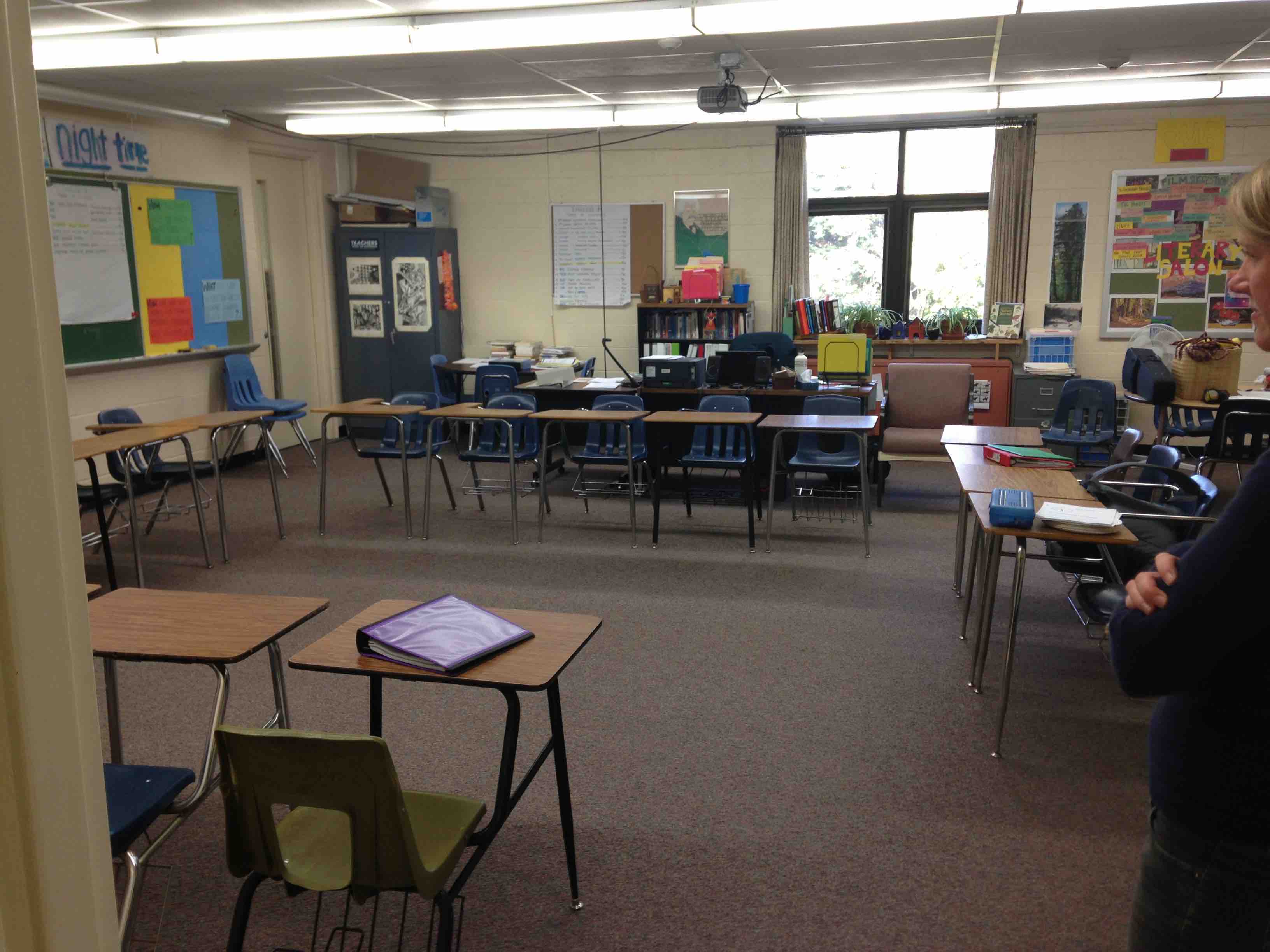
Aug 21, 2015 Designing and Re-Imagining the Classroom Space
Excerpt from the Inspired Educator, Inspired Learner book:
I spend a lot of time moving chairs, and it is worth it! The classroom or group room space has a significant impact on how learners feel, interact and learn. In previous posts, I have explored how emotional connection to material, movement, novelty, choice and social interaction are key to enhancing engagement and learning outcomes. It is equally important to set up a physical space or classroom environment that is conducive to this kind of learning. Many of the teachers I work with have moved towards setting up circle, horseshoe, or square configurations of desks in their classroom to allow ease of movement and the ability to go back and forth between direct instruction and the active review or formative assessment activities described in my Inspired Educator, Inspired Learner book and this blog.
Many change up their classroom setup regularly with help and input from students. Inspired educators include students in the design of the classroom and spend time creating comfortable, inviting and stimulating spaces where they showcase student work, and students have options on how they situate themselves to work. Having students involved in designing and configuring the room, helps them “own” the space.
A number of the teachers I work with have created alternative spaces in their rooms for different purposes. Some have a section of the room fitted with pillows, stuffed chairs for quiet reading time and another space with tables for group project time. Even the smaller, more traditional rooms or spaces can be adjusted to be more conducive to movement and social interaction. Students are highly motivated to move and remove desks and chairs as needed if it means active engagement in the classroom or group room! With a little guidance, they learn to do this quickly and efficiently.
Changing Up the Furniture – Standing Desks
Many schools both primary and secondary have experimented with alternative seating to improve physical fitness and increase attention with positive results. In the past decade, stability balls have been successfully used by a number of schools in place of desks with numerous reports that they help increase focus and engagement as well as using core muscles and burning calories (Kilbourne 2009, 2013).
Standing desks are becoming an accepted option in the business world and gaining popularity in schools. The use of standing desks in the classroom was pioneered by teachers in Minnesota and Wisconsin, who were inspired by James Levine of the Mayo Clinic’s call for “activity-permissive” classrooms. Levine believes alternatives to sedentary learning activities should be encouraged for increased health and fitness. One of the leaders of the charge is Abby Brown and her “Stand Up for Learning” movement. Her initiative utilized the sit/standing work station with stool and footrest for students to use while learning (see resources below). Some promising studies on the potential of stand-up desks for increasing physical fitness in both elementary and college classrooms have come out of the University of Minnesota (Reiff, Marlatt, Dengel, 2012) Grand Valley State University (Kilbourne, 2010,2013) Texas A& M (Benden, Wendel, Jeffrey, Hongwei & Morales, 2012), among others. These studies, which focused on the obesity epidemic in the U.S., emphasized caloric expenditure and physical health benefits of standing desks.
Though these studies were not designed to study attention, the researchers and teachers involved have shared anecdotally about the increased attention, productivity, and positive on-task behaviors of students using these alternative desks (Blake, Benden & Wendel, 2012; Deardorff, 2012, Kilbourne, 2013). I look forward to more research on the subject. As leaders in the brain and learning field contend, what is good for the body is good for the brain.
Or No Desks at All!
The August 14, 2013, issue of Mindshift NPR station KQED’s informative education blog featured an article: To Foster Productivity and Creativity in Class Ditch the Desks!. Leslie Harris O’Hanlon explored the story of elementary school teacher Erin Klein’s classroom redesign that involved getting rid of her desks altogether. Instead, she integrated design principles that stores and restaurants use to create appealing spaces in which people want to spend time. With input from her students who she states are her “customers” she arranged a variety of places and work surfaces for group projects, partner, and individual work. She designed the space to feel like a comfortable living room and shares that students treat the classroom with the kind of positive respect they would a living room.
There are pages of similar posts online from teachers who have worked with their students to re-imagine the classroom space with positive results. These inviting and stimulating environments promote brain-based learning principles such as active engagement, emotional connection to school and the classroom, social-interaction, movement, and exploration. Research on the brain and learning that emphasizes the need for enriching learning environments (Willis, 2006) supports these redesign efforts.
Circles: A Key Ingredient to Effective Facilitation
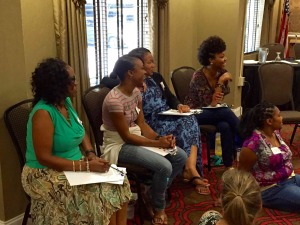
My default setting for a group conversation or direct instruction is a circle or horseshoe configuration, even if we have to move furniture or move to an alternate space. When a group forms a circle, everyone in the group can see everyone else. In creating a circle, a group creates a physical communal space, where everyone is on equal footing with equal responsibility. Circular seating or standing arrangements are effective when first meeting a group, giving directions, having a group discussion, or reflecting as a group. As mentioned throughout the Inspired Educator, Inspired Learner book I often break the group into partners and small groupings, but the circle is the starting and ending point.
When desks or chairs are arranged in a circle or semi-circle, the student who is struggling can’t “disappear” in the back of the room. With no space for covert behaviors, students are more able to take responsibility for engaging in prosocial behaviors and participating in a class discussion (talking and listening). This approach is common to therapeutic settings for the same reasons mentioned above, and it is also beneficial in adult learning situations such as college classrooms or corporate training.

Many people are not accustomed to forming circles as a group. Most of society’s group forums, such as schools, theaters, churches, and town halls, are traditionally set up in rows. Explain to the group why you are asking them to form circles for activity and dialogue. Forming circles for group interaction might take practice; however, it will eventually become second nature. I notice this transition in groups that I’ve worked with over longer periods of time. I have worked with a group of students over the past few years that initially needed a good deal of prompting and reinforcement to form a circle. Now, they automatically form one when we start our program without my asking, and they spontaneously circle up without prompting when they recognize they need to share or plan together.
References:
Abby Brown’s “Stand Up for Learning” http://www.stillwater.k12.mn.us/our-staff/abby-brown
Safco Stand Up Desks: http://www.safcoproducts.com/alphabetter/
Erin Klein’s Blog: Kleinspiration.com
For full research references see the bibliography of Inspired Educator, Inspired Learner: Experiential, Brain-Based Activities and Strategies to Engage, Motivate, Build Community and Create Lasting Lessons by Jennifer Stanchfield, Wood N Barnes Publishing Company, 2014.



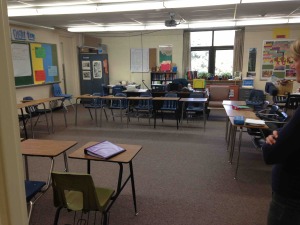
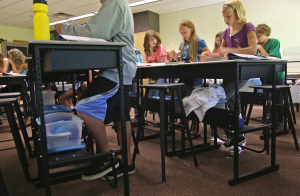

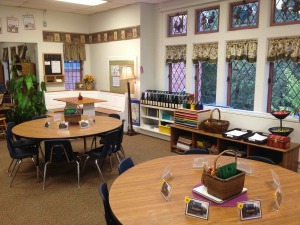
No Comments